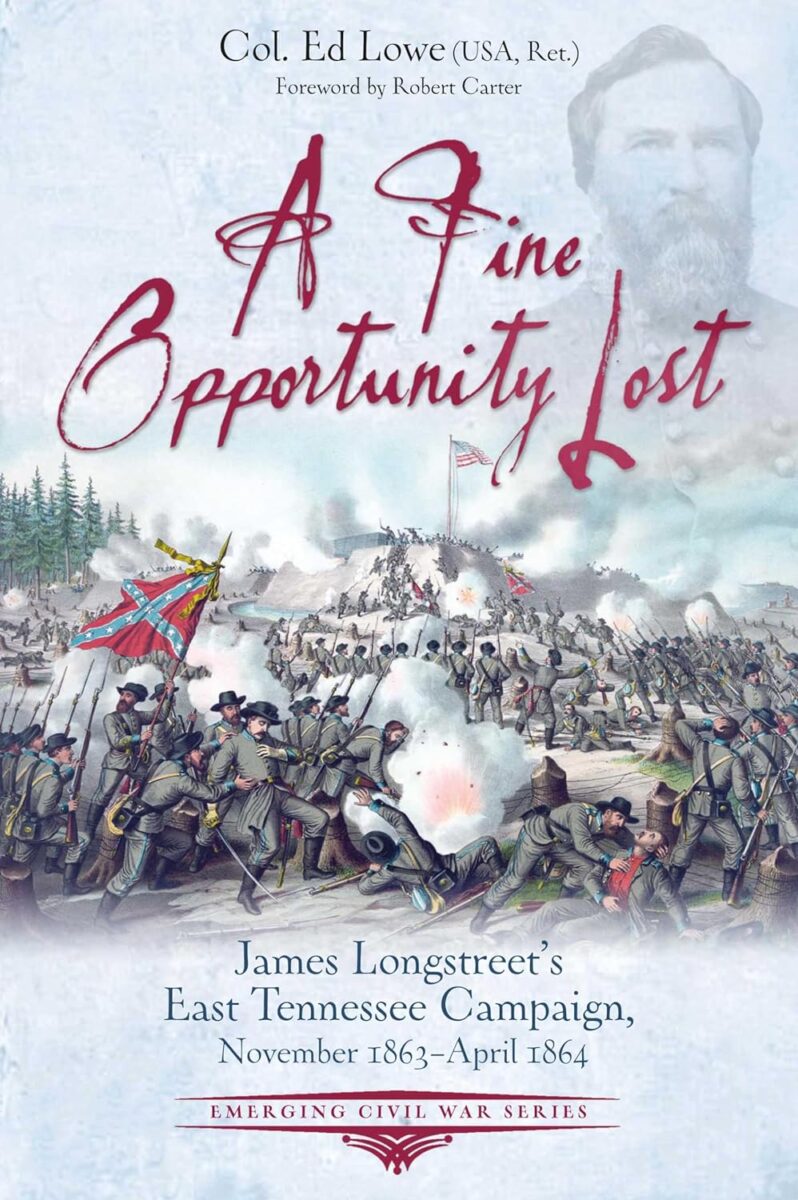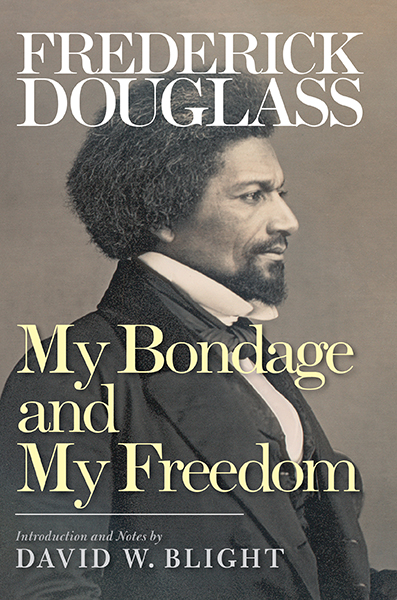Ed Lowe’s overview of Confederate General James Longstreet’s campaign in East Tennessee is arguably the perfect length for Savas Beatie’s Emerging Civil War Series. Like the volume that describes it, the combat was brief. Maneuvering in both troop movements and command politics set the stage for Longstreet’s failed siege of Knoxville.
It is hard to find a real winner in the command-level squabbles of the Army of Tennessee, except perhaps the Union. The author emphasizes Confederate General Braxton Bragg’s difficulties with many of his officers, as well as Longstreet’s leading role in the attempted coup against Bragg after Chickamauga. In an added bit of irony, Longstreet also struggled with control of his subordinates before and during the Knoxville campaign, trying to replace various division commanders with men he trusted. Lowe is clear that Knoxville was not an independent command, and that Longstreet was still subordinate to (and meant to assist) Bragg. The distance clearly did the men’s relationship some good, as Longstreet promptly responded to Bragg’s requests even after he had left for Knoxville. Longstreet’s tactical errors become more noticeable in the assault on Fort Sanders. He vacillated between avenues of attack (forcing a frustrated E. Porter Alexander to shuffle artillery pieces around the region) and did not take the counsel of his subordinates who thought the attacks unwise. When they failed, Longstreet blamed those same subordinates.
The biggest difficulties facing Longstreet’s advance toward Knoxville were the weather and a lack of supplies. The first issue was a common problem for both sides, as the winter was particularly cold in the Tennessee mountains. The main Confederate attack on Fort Sanders was delayed on its scheduled morning due to fog. Compounding these difficulties, the Confederates also struggled with maintaining an adequate supply of shoes, coats, and food. This inability of the Confederate forces to do much of anything given their needs is a critical part of Lowe’s narrative. The men marched out of Chattanooga lacking wagons, horses, mules, and personal baggage. Trains were of poor quality when they functioned, and necessary pontoon bridges were delayed. Reflecting recent scholarship’s turn toward integrating logistics when interpreting Civil War campaigns, Lowe highlights the importance of battles like Mossy Creek in late December, which secured the supply junction at Dandridge, Tennessee.
Union strategic decision-making takes a relative backseat, though Ambrose Burnside comes off well in this account. Lowe compliments Burnside’s maneuvering toward Knoxville and the defenses he developed around the city. Lowe also emphasizes Abraham Lincoln’s interest in East Tennessee, especially the Unionists whom he wanted to protect. Even as General Ulysses Grant and the bulk of federal forces in the West prepared to push Bragg away from Chattanooga, Union leadership kept one eye on what was happening around Knoxville.
In addition to Lowe’s narrative, there are several appendices. The first is a nice overview of historic sites and preservation around Knoxville from a local historian, useful for the reader who wants to conduct their own tour of the region. The other two essays, Cecily Nelson Zander on Longstreet’s relationship with other Confederate leaders and Lowe again on Longstreet’s strategic vision, are brief digressions that may prove useful to someone with less background on these facets of the campaign.
In his final analysis, Lowe approvingly cites Longstreet biographer Jeffrey Wert’s assertion that Longstreet was strategically ambitious and tactically conservative. The campaign does not reveal much about Longstreet’s strategic vision (the assault on Knoxville was partly to get him away from Bragg), but there are elements of risk-aversion in Longstreet’s movements. Beyond being conservative, Lowe’s Longstreet is indecisive, partly driven by the inability of Confederate forces to regularly procure supplies. Longstreet’s eventual return to Northern Virginia came as a relief for all parties, even though it signaled another Confederate failure in the West.
Keith Altavilla teaches history at Lone Star College—CyFair.





